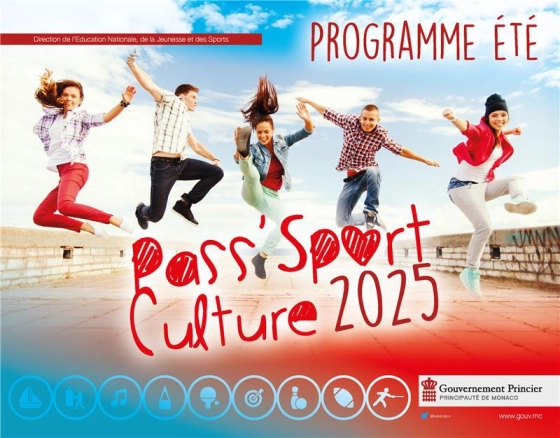

Introduction
Some 50 years ago, when live shows began dying out as people spent more time settled in front of their TVs, Prince Rainier III chose to share his avid passion for the circus and lend support to the performers and their animals by showcasing their incredible talents through the annual Monte-Carlo International Circus Festival.
Circus performers inside the Fontvieille Big Top have been wowing audiences with outstanding skills, daring feats, laughter and magical performances since 1974.
The early 70s saw the circus slowly disappearing as new media emerged, so in 1974, Prince Rainier III created the festival to "breathe new life" into this family show, which he considered to be "as old as the hills".
Like all the projects undertaken during his reign, the Monte-Carlo International Circus Festival is a visionary initiative driven by the Prince's kind nature.
The first four festivals were geared towards reigniting the audience's excitement for the circus by selecting exceptional acts. Before long, the Prince's efforts saw the circus gain recognition amongst the arts, consequently shifting governance away from the Ministry of Agriculture to the Ministry of Culture.
Prince Rainier III didn't stop at the Monte-Carlo International Circus Festival; he encouraged circus directors to join forces and support young artists and schools worldwide in order to maintain traditions and intercultural exchanges. Despite the reluctance of many, he persisted for close to a decade until, finally, in 2008, with the active participation of H.S.H. Princess Stéphanie as Honorary President, the World Circus Federation was established.
From the very first Festival, Prince Rainier III has been central to the Festival's development, playing a key role in selecting the performers. Supported by a committee of experts who scoured the world for talent, the Prince gathered information, studied the performances, negotiated contracts and created the programmes. In an interview in 1975, he explained that "it eventually became a year-round job". When he wasn't on site the Prince watched recordings and reviewed each submission. The quality of the Festival is thanks to its strong aesthetic and technical analyses.Despite his wish to represent all circus disciplines: acrobats, clowns and animals, it’s clear from his letters that he would refuse to stage acts if the methods used in training and/or transporting didn't meet his approval in terms of animal welfare.
Today, the Monte-Carlo International Circus Festival is still going strong thanks to the dedication of H.S.H. Princess Stéphanie. As President of the Festival, she is supported by Mr Urs Pilz, who has been Artistic Director and Stage Manager since 2001. As well as exploring the cosmopolitan aspects of the circus, he ensures that the show is well-balanced and that the acts flow seamlessly from one to the next.
It would be impossible to name everyone who has contributed to the smooth running of the Festival since 1974, amongst whom include enthusiast Dr Alain Frère, who worked alongside Prince Rainier III from the outset as an artistic advisor, amassing an impressive collection of precious memorabilia along the way. His collection is one of the most extensive in the world, enabling us to retrace the history of the Festival in images, objects and documents.
Sources:
Monte-Carlo Festivals
Mme Charlène DRAY, lecturer in Theatrical Studies (digital scenic and interactive systems) - Paris 8 University, Vincennes - Saint-Denis.
© Frédéric Nebinger-Monte-Carlo Festivals

